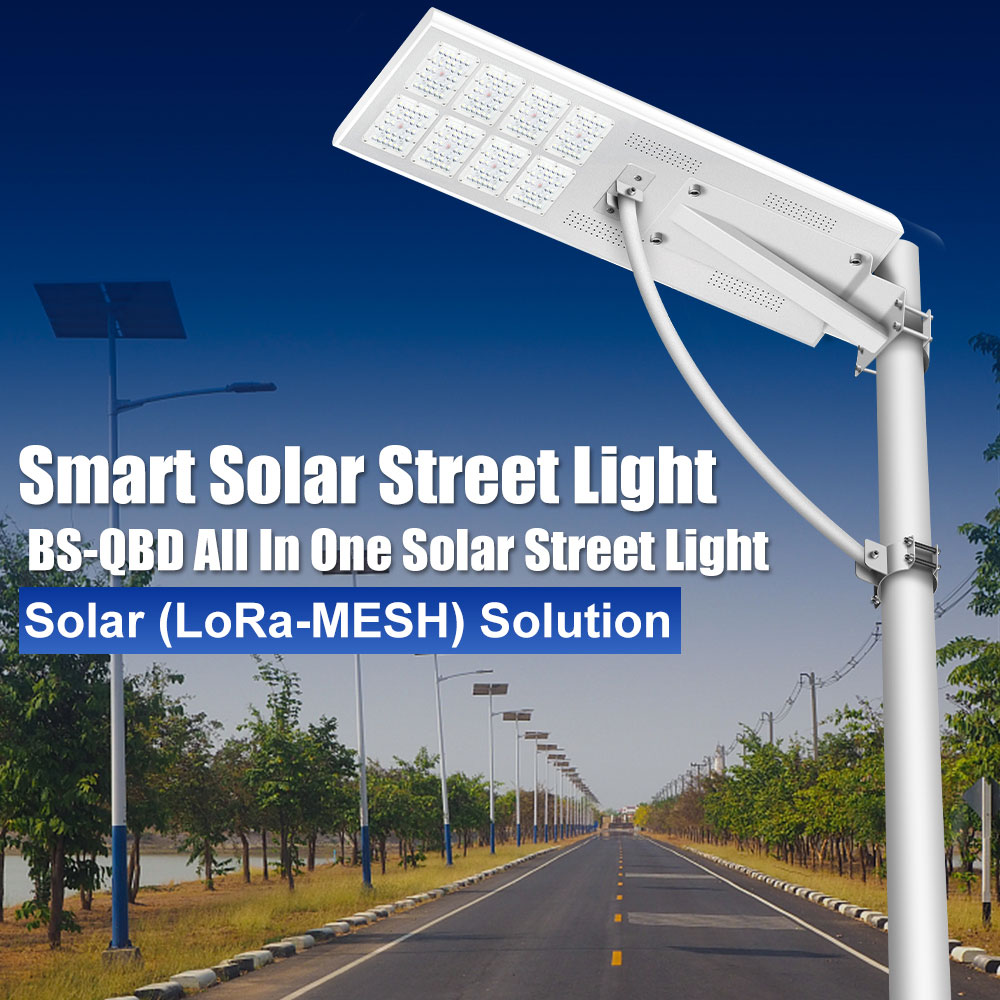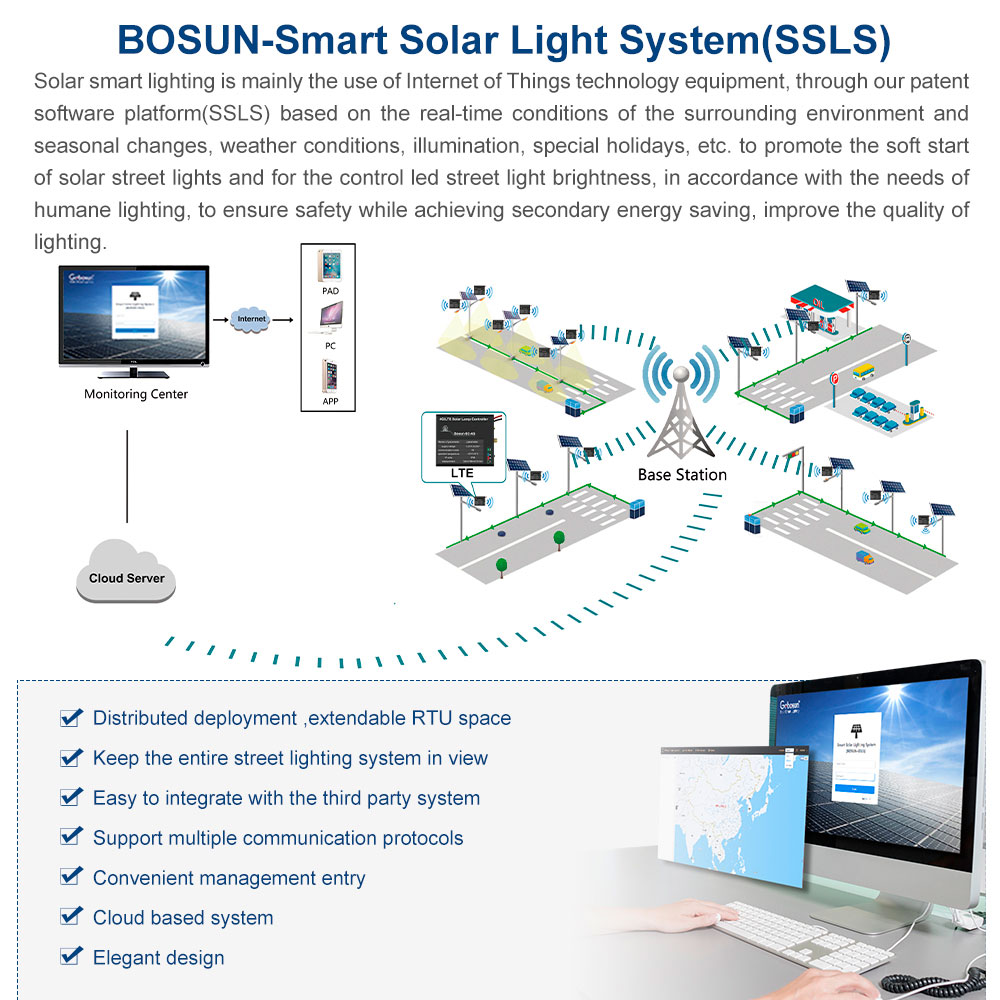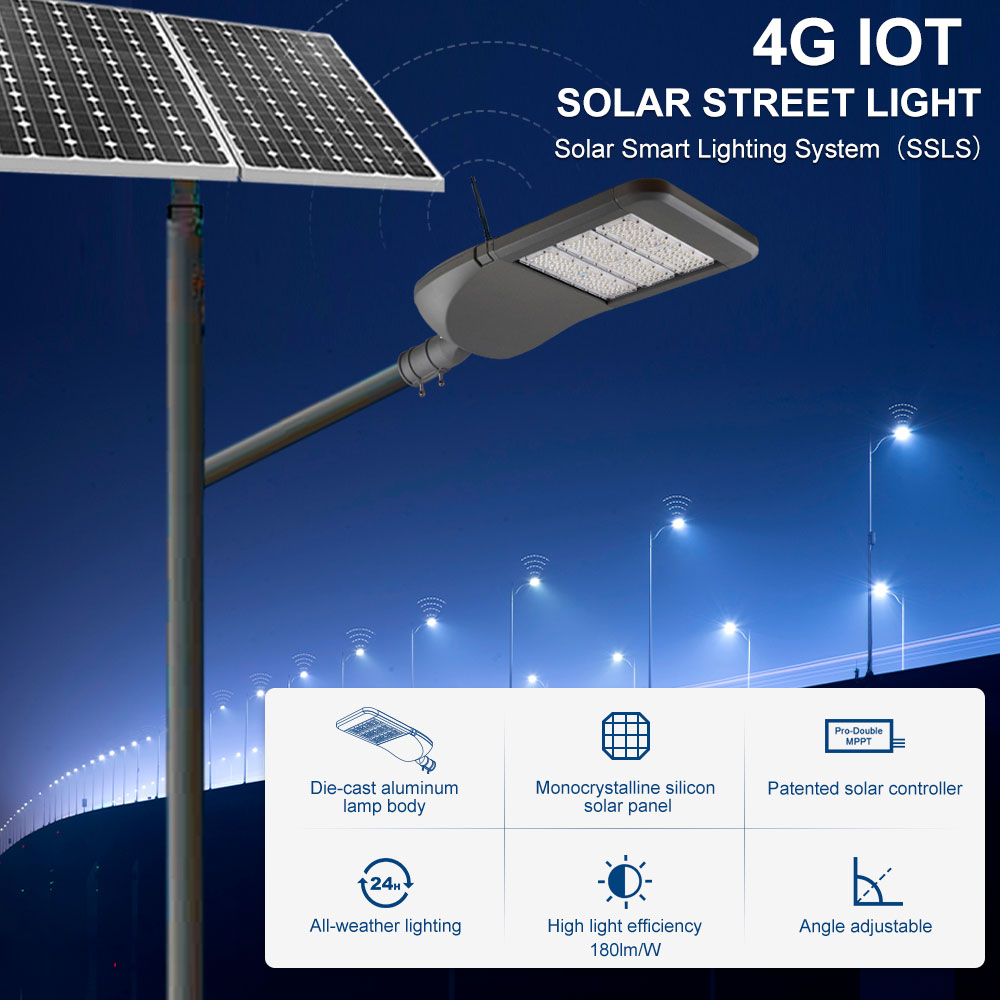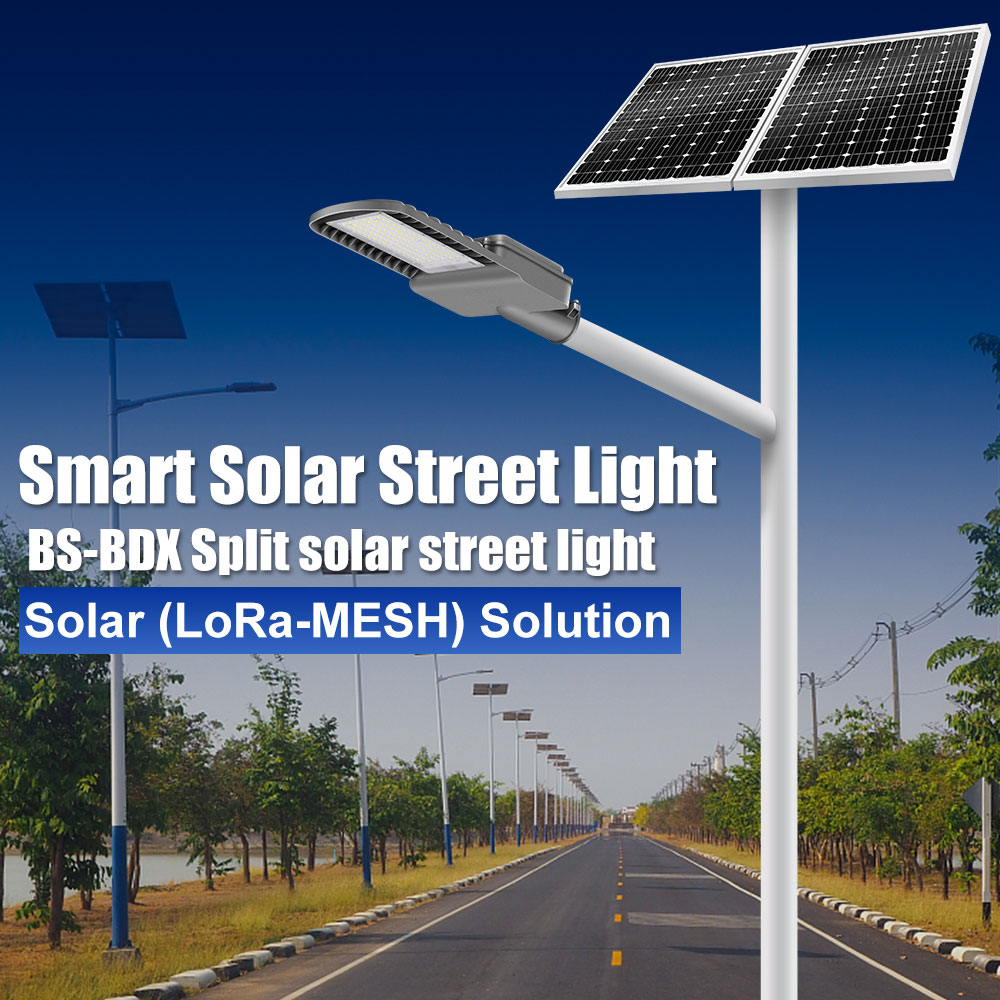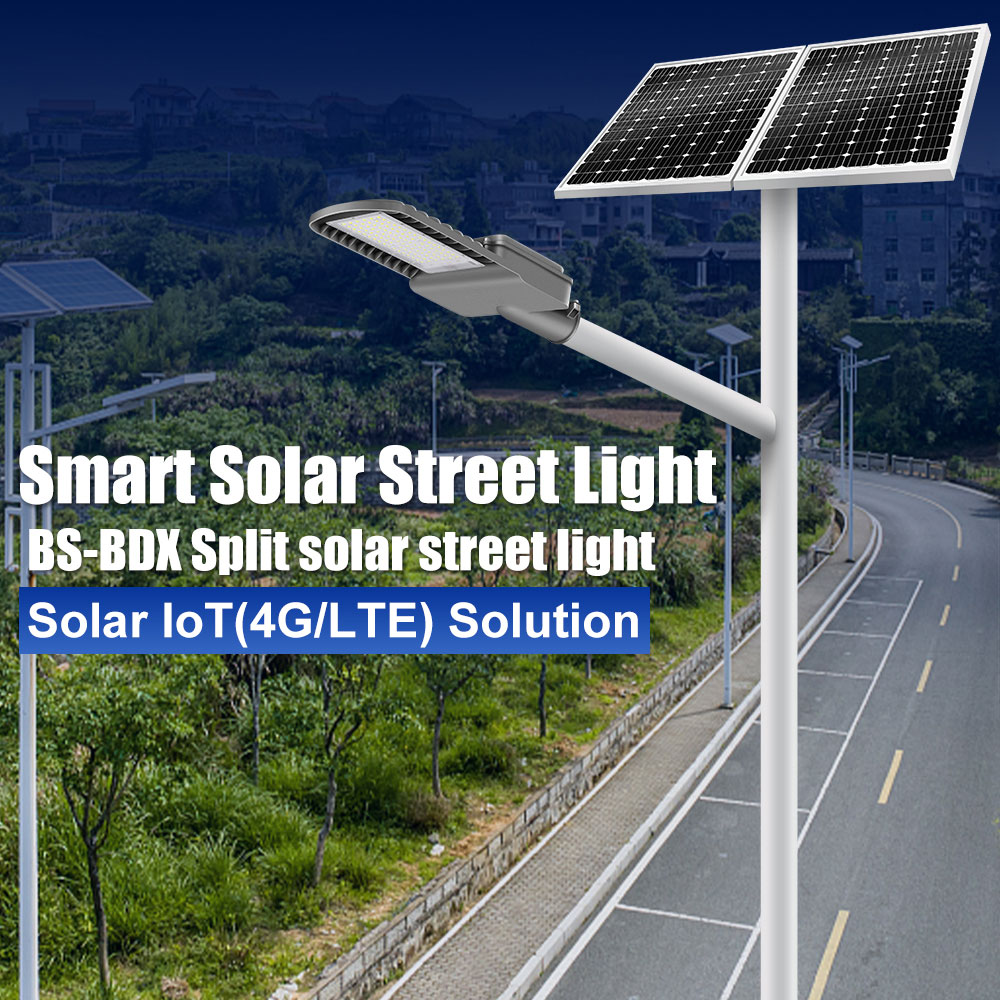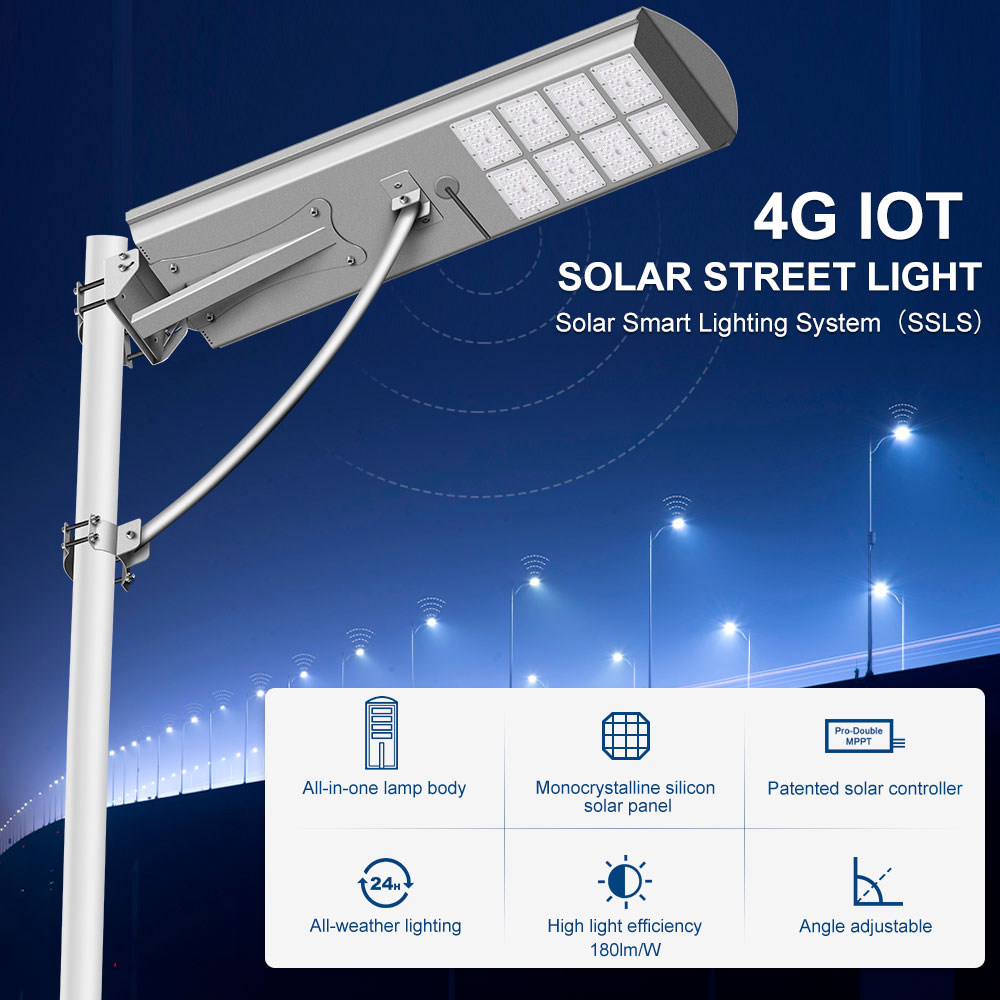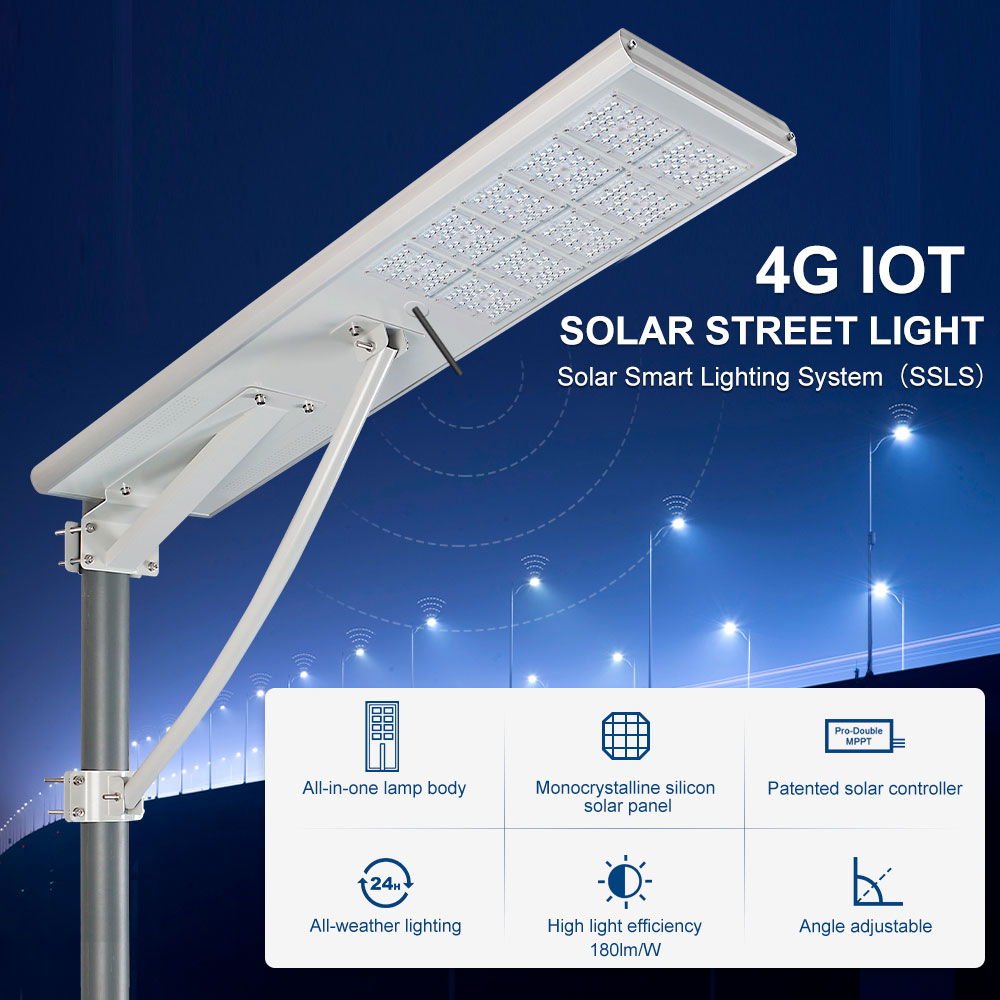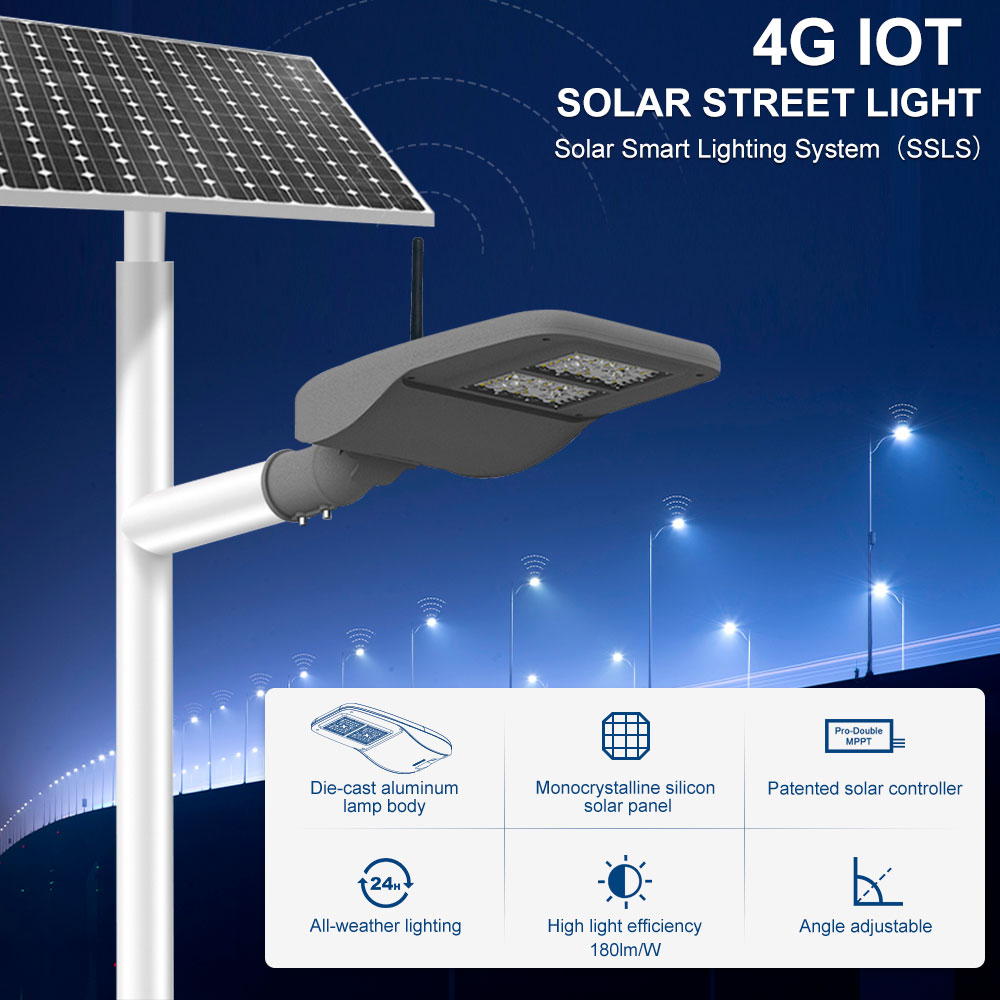Solar Smart Lighting(Iot)
-
Key Differences Between Solar LoRa-MESH and Solar 4G Solutions
-
Feature Solar LoRa-MESH Solution Solar 4G Solution Communication Range Long range (up to several kilometers) Wide coverage, dependent on cellular network Power Consumption Low power consumption, ideal for off-grid areas Higher power demand due to 4G transmission Data Transmission Speed Low bandwidth, sufficient for simple tasks High bandwidth, suitable for video streaming, real-time analytics Network Structure Mesh network (decentralized, each light relays data) Centralized with cellular tower coverage Ideal Applications Rural areas, large urban areas, low-cost solutions Urban environments, smart city systems, high-interactivity requirements Maintenance Low maintenance, resilient, less infrastructure Requires maintenance of 4G network infrastructure, more power needed Cost Lower cost for installation and operation Higher initial cost due to 4G connectivity needs
-
Choosing Between Solar LoRa-MESH and Solar 4G/LTE
- Solar LoRa-MESH is ideal for low-power, low-maintenance solutions in remote or large-area environments where high-speed data isn't a requirement. It is particularly useful for areas with limited grid infrastructure or when aiming to deploy many devices at low cost.
- Solar 4G is best suited for urban environments or smart cities, where high-speed data, real-time communication, and integration with other smart city technologies are critical. It supports advanced features such as video surveillance, detailed analytics, and larger-scale applications that require more robust data handling.

-
Technological Innovation of Solar Smart Street Light
- Smart solar street lights represent a convergence of solar energy and cutting-edge technology, integrating photovoltaic panels with smart features powered by IoT (Internet of Things). These systems use MPPT (Maximum Power Point Tracking) technology to maximize energy efficiency, adapting to varying sunlight conditions. The integration of LoRa-MESH and 4G/LTE communication technologies enables real-time monitoring and remote management of each light, allowing for dynamic control over features like brightness, operating hours, and fault detection.
-
Smart Solar Street Light Realize Smart City
- Smart solar street lights play a crucial role in the broader context of smart cities. These lights can be integrated with other smart city infrastructure, such as traffic management systems, public safety networks, and environmental monitoring tools.
- Traffic Management: With built-in sensors and connectivity, smart solar lights can adjust brightness based on traffic flow or pedestrian activity, improving road safety and reducing energy waste.
- Public Safety: These lights can be equipped with CCTV cameras, motion sensors, and emergency alerts, providing enhanced security for public spaces.
- Smart Communication: Through the use of LoRa-MESH or 4G/LTE, the lights can communicate with other smart devices in the city to optimize overall infrastructure performance.
- Environment Monitoring: Sensors in the lights can also collect data on air quality, temperature, and pollution levels, providing valuable data for city planners.
-
FAQs about Solar LoRa-MESH and Solar 4G/LTE Solution
- What is a Solar LoRa-MESH Solution?
- A Solar LoRa-MESH solution is a solar-powered street light system integrated with LoRa-MESH technology. LoRa (Long Range) is a low-power, wide-area network (LPWAN) technology that enables devices to communicate over long distances while consuming minimal energy. The MESH network configuration allows each light to relay data, creating a decentralized communication network ideal for large areas.
- Where can Solar LoRa-MESH solutions be used?
- They are best suited for rural areas, large urban districts, and remote locations where there is no access to grid power, and where long-range communication is essential. They are also a good fit for cost-sensitive applications.
- How does the MESH network work in a Solar LoRa-MESH solution?
- In a MESH network, each light functions as a communication node. When one light sends data (e.g., energy usage, status), it can be relayed by surrounding lights, ensuring data is transmitted over long distances without the need for traditional infrastructure.
- What is a Solar 4G/LTE Solution?
- A Solar 4G/LTE solution integrates solar-powered street lights with 4G LTE connectivity, providing high-speed data transmission. The system relies on cellular networks to communicate, enabling real-time control, monitoring, and integration with other smart city technologies.
- Where can Solar 4G/LTE solutions be used?
- They are particularly useful in urban areas, smart cities, and regions where high-speed data is required for integration with multiple smart systems, such as traffic management, surveillance, and environmental monitoring.
- Is a Solar 4G/LTE solution suitable for off-grid areas?
- While 4G/LTE solutions offer high-speed communication, they require access to a cellular network. Therefore, they are best suited for areas with existing 4G coverage. They are not ideal for truly off-grid areas without network infrastructure.
- What is the difference between Solar LoRa-MESH and Solar 4G/LTE solutions?
- LoRa-MESH offers long-range, low-power connectivity and is ideal for remote, off-grid areas where minimal power and infrastructure are available. It uses a decentralized mesh network.
- Solar 4G/LTE provides high-speed data transmission, making it suitable for urban areas and smart cities where real-time data transfer and integration with other technologies are needed. It requires a cellular network for connectivity.

